Description
This updated and revised second edition covers the story of Australia’s first Indigenous community-led nomination bid for World Heritage listing of their cultural landscape. In 1019, the Gunditjmara were recognised through World Heritage listing for their demonstrated technological ingenuity in engineering water flows and managing food resources across the Budj Bim lava flows in south-west Victoria over many millennia.
In 2009, carbon dating uncovered that a fishtrap system at Lake Condah in south-west Victoria is an incredible 6,700 years old. Constructed by the Gunditjmara people, it is one of five sophisticated fishtrap systems that were built around the lake’s edge. A permanent supply of freshwater and abundant eels, fish and water plants meant that the Gunditjmara led a settled life there – an experience without parallel among Aboriginal societies and landscapes in Australia. The Budj Bim landscape gained World Heritage listing in 2019 .
Written collaboratively with the Gunditjmara people, the book brings to life the amazing, unknown story about their traditional eel aquaculture systems and associated stone house settlements, once dotted throughout the lakes, streams and ponds on the Mt Eccles lava flow in south-west Victoria. Known as the Budj Bim landscape, it was the setting for what Robbery Under Arms author, Rolf Boldrewood, called the Eumeralla War, a six year battle fought by Gunditjmara clans against squatters taking over their land. Budj Bim was the first Indigenous landscape to gain National Heritage listing in 2004.
The full colour book with images throughout provides an accessible, plain English introduction to the Budj Bim landscape and its Indigenous history. It is aimed at tourists, tour leaders, school groups, the community and the public in general. Funding for research, writing and production was provided by Aboriginal Affairs Victoria.
Paperback, 91pp, 2022



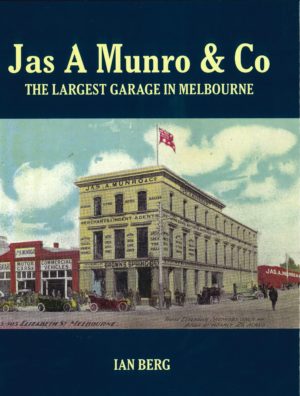






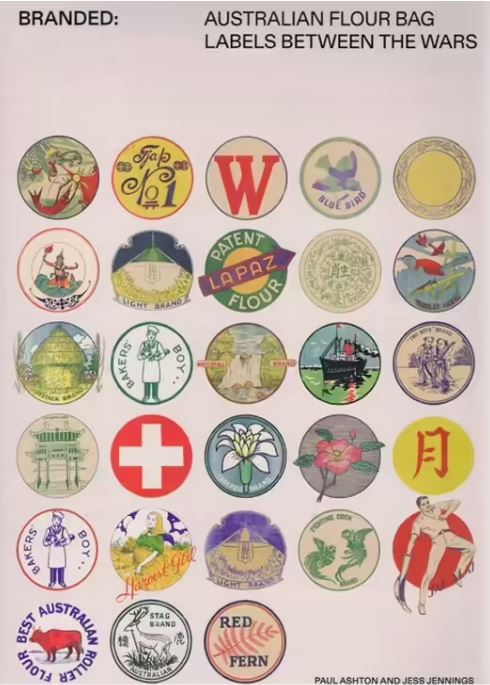
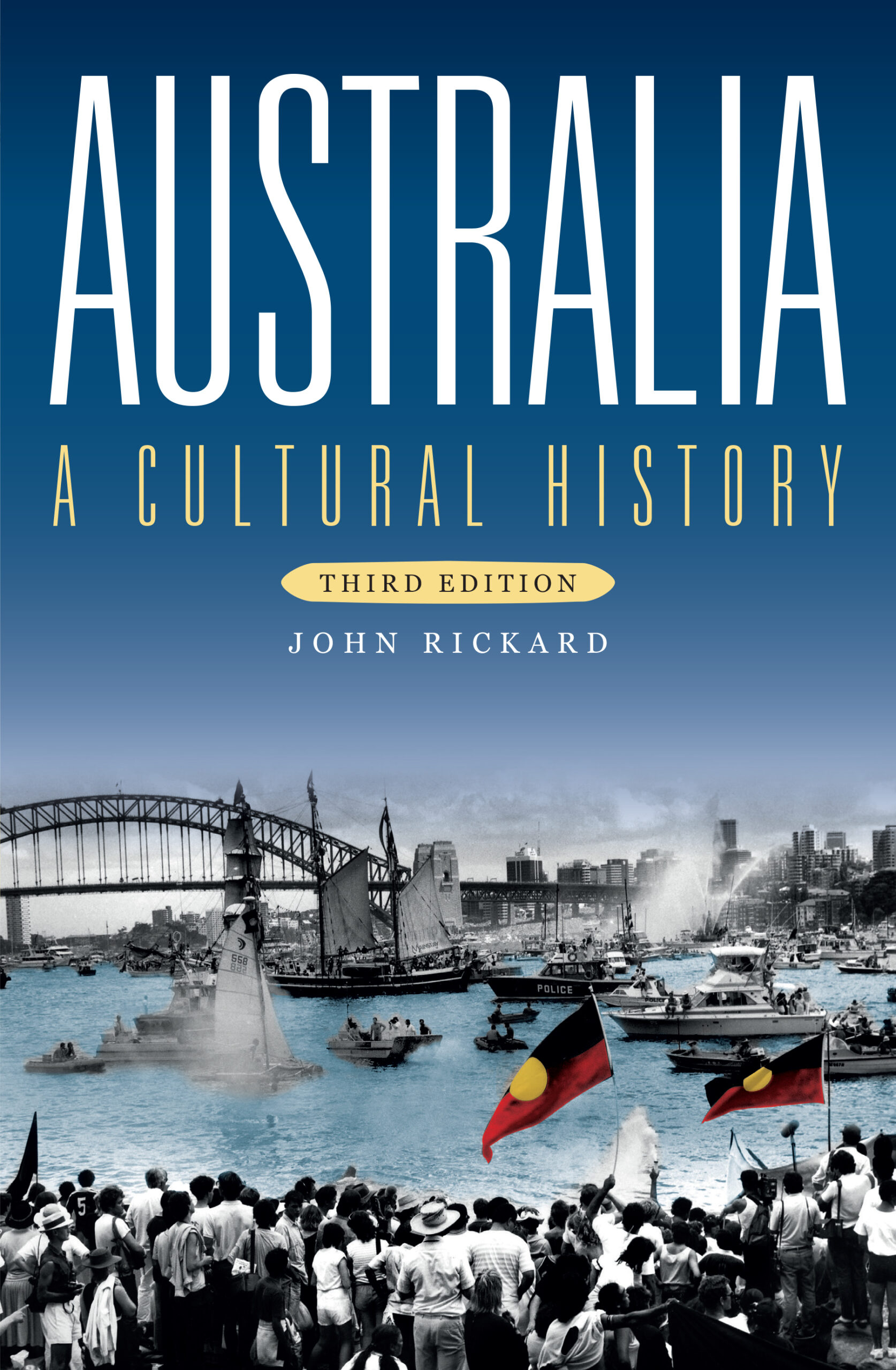
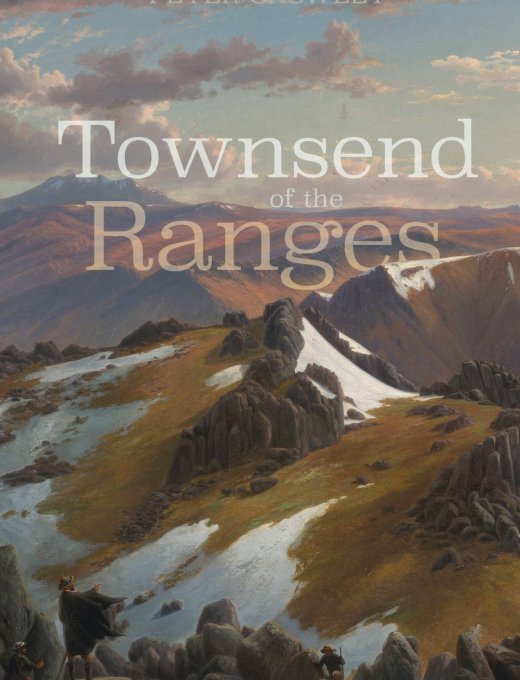

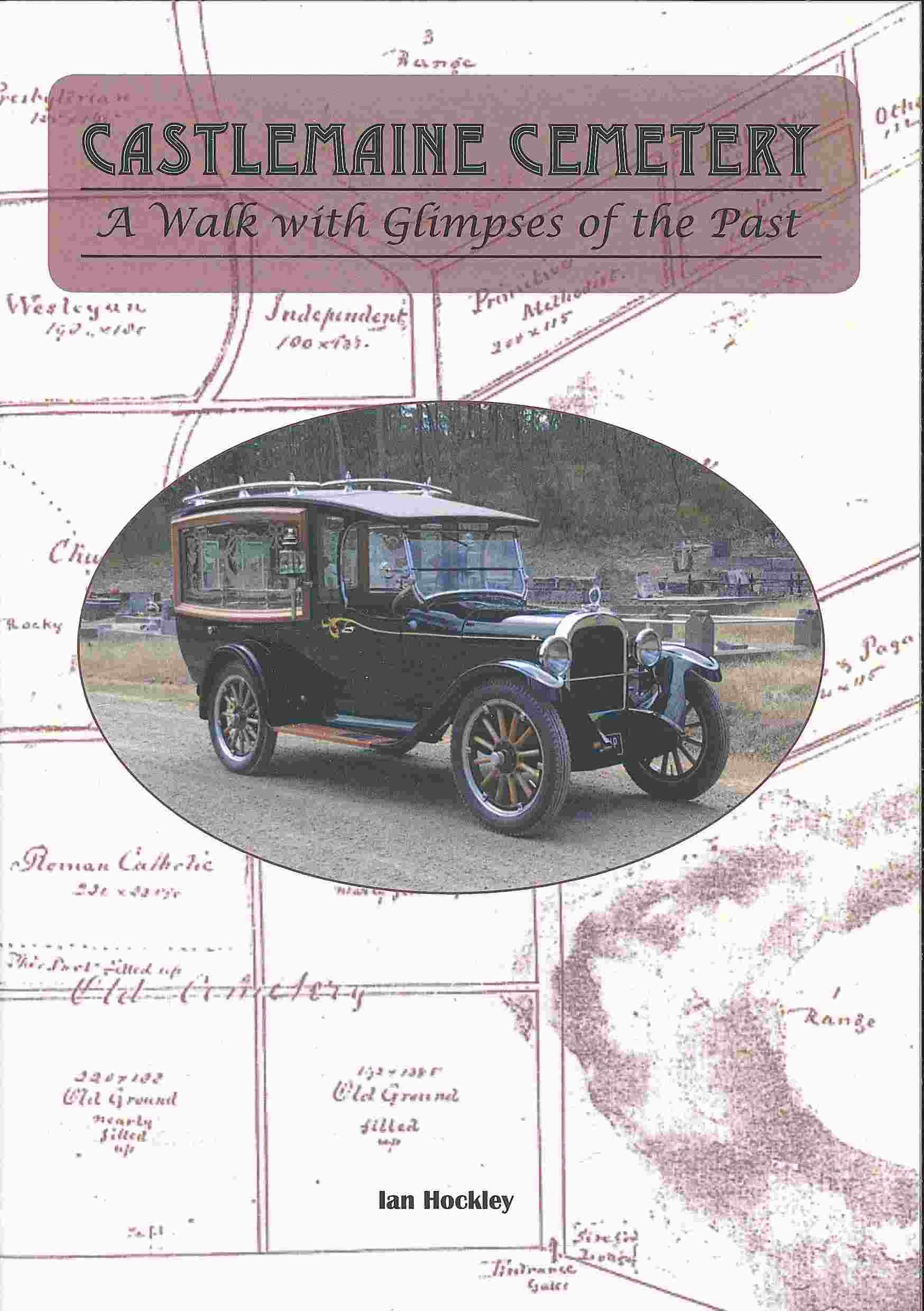

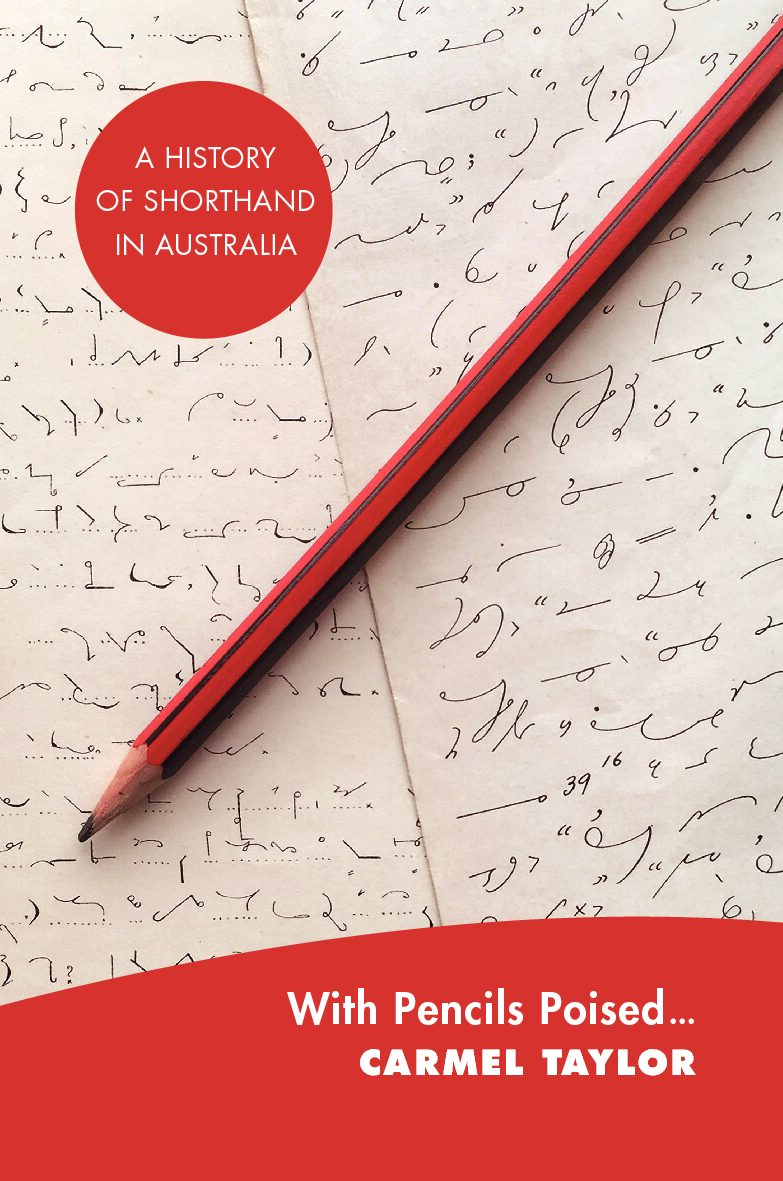
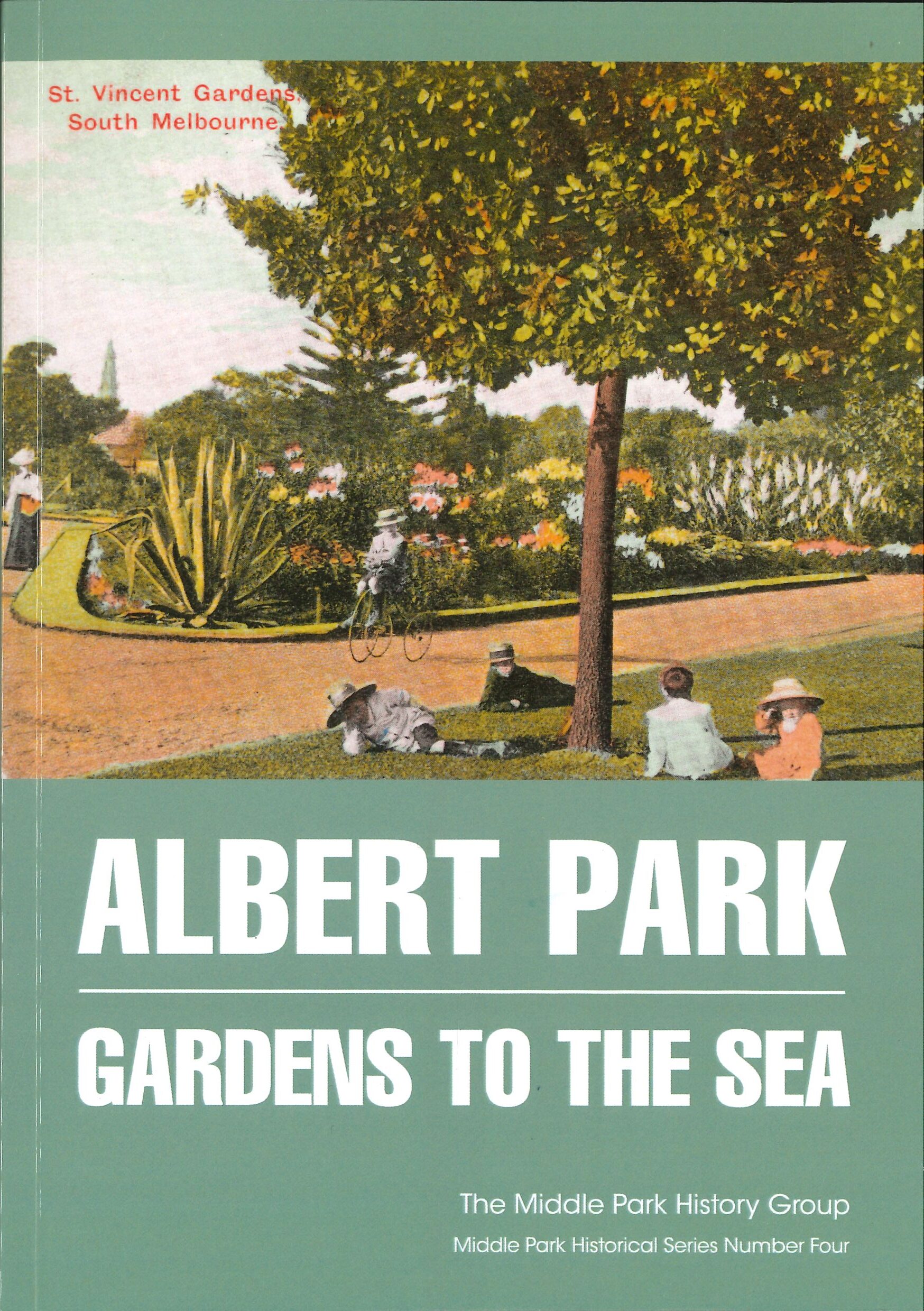

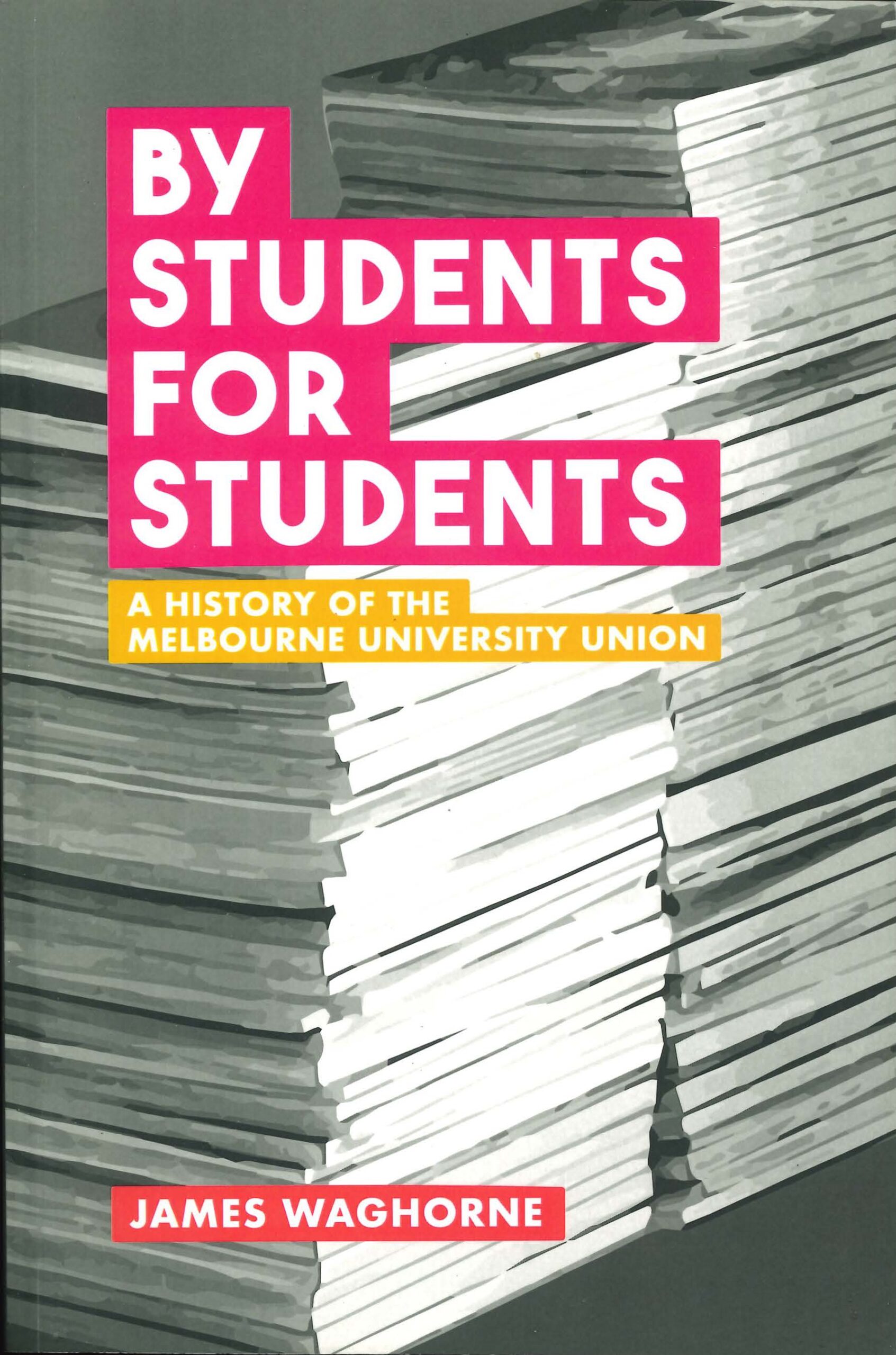

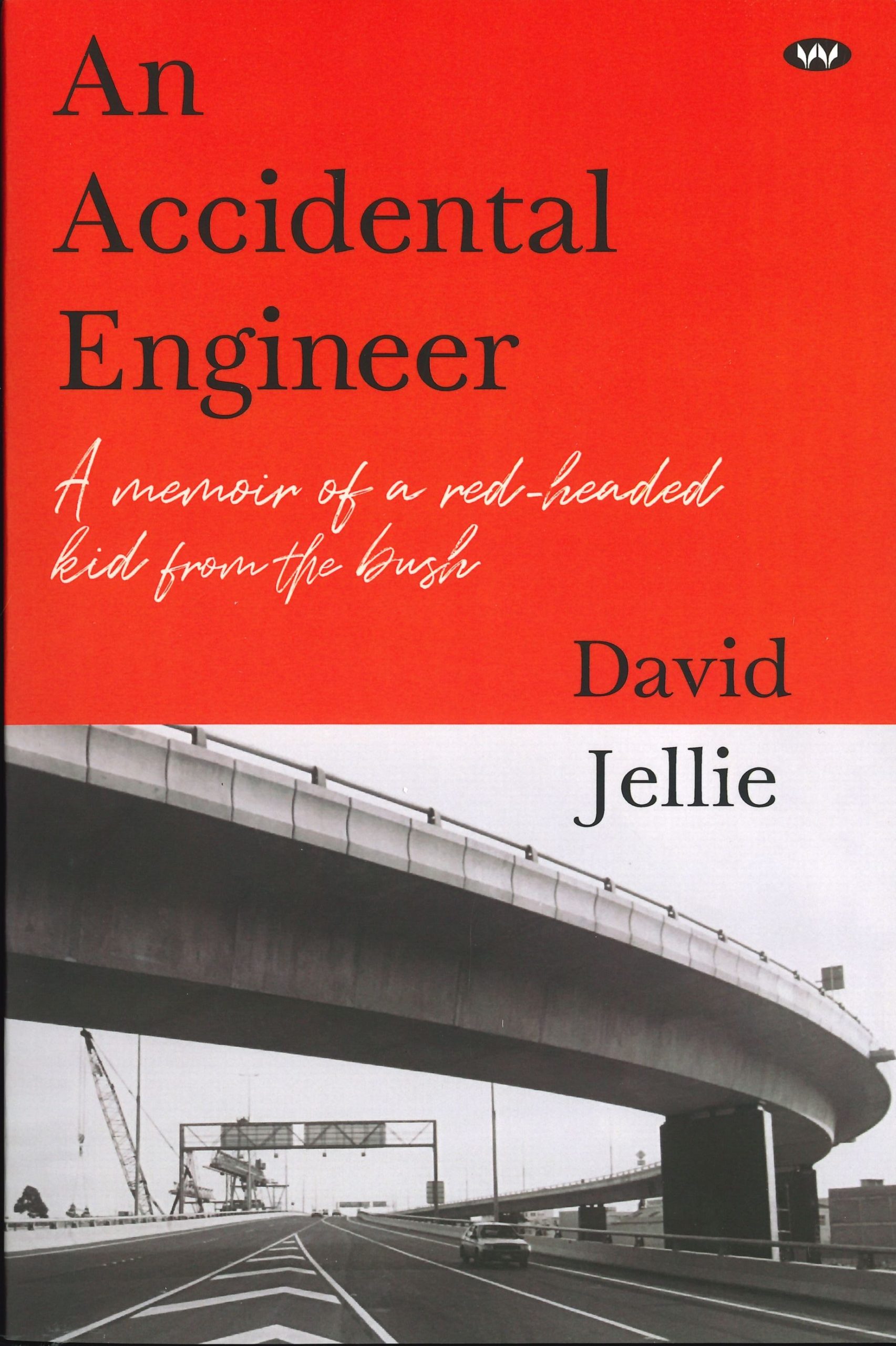


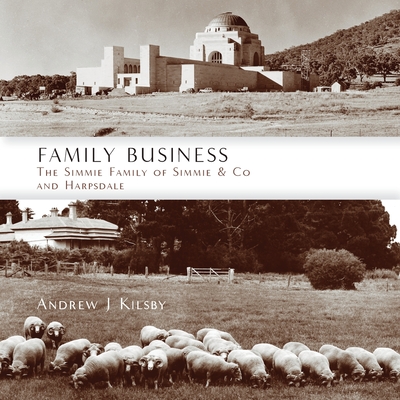
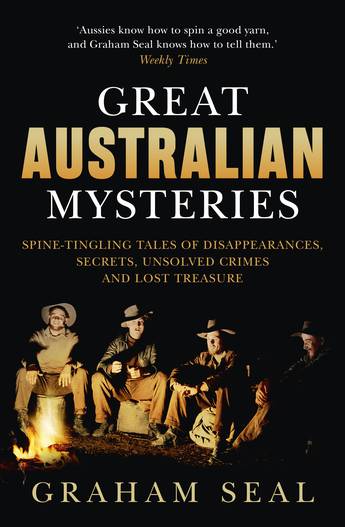
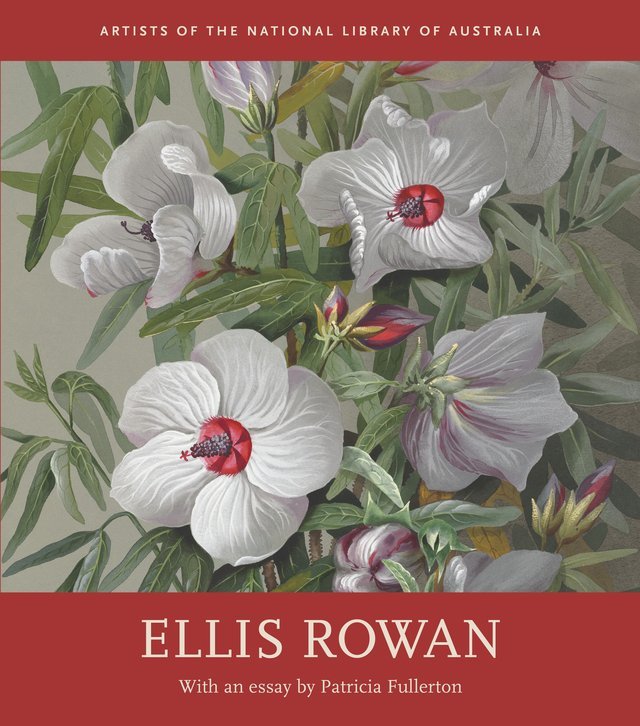

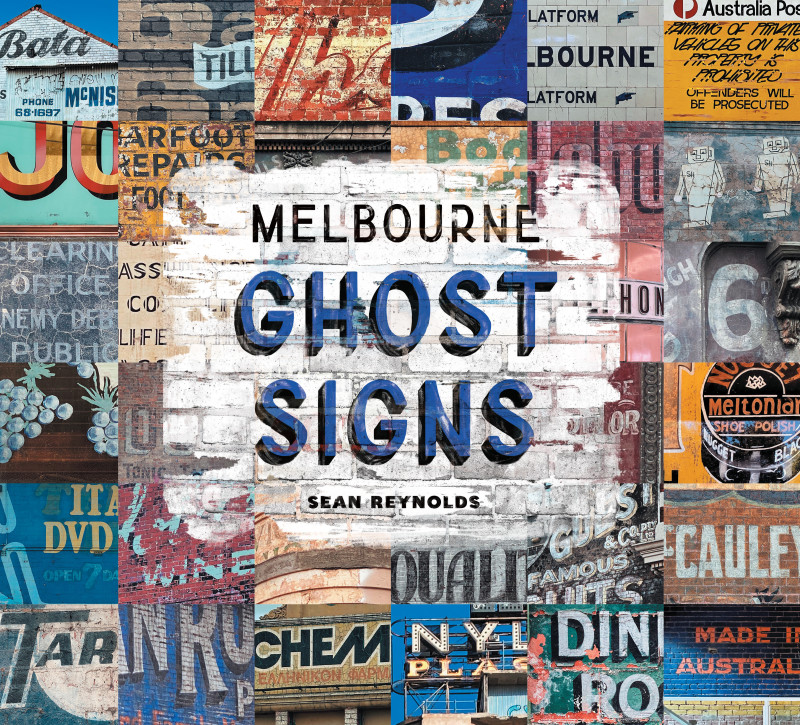

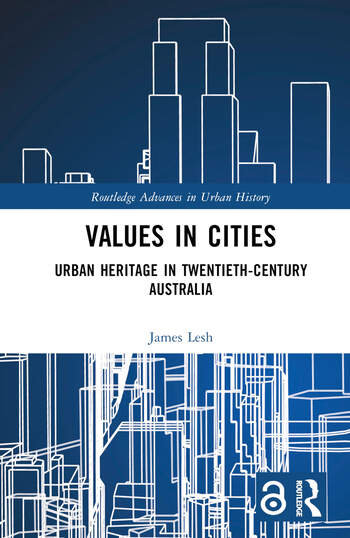
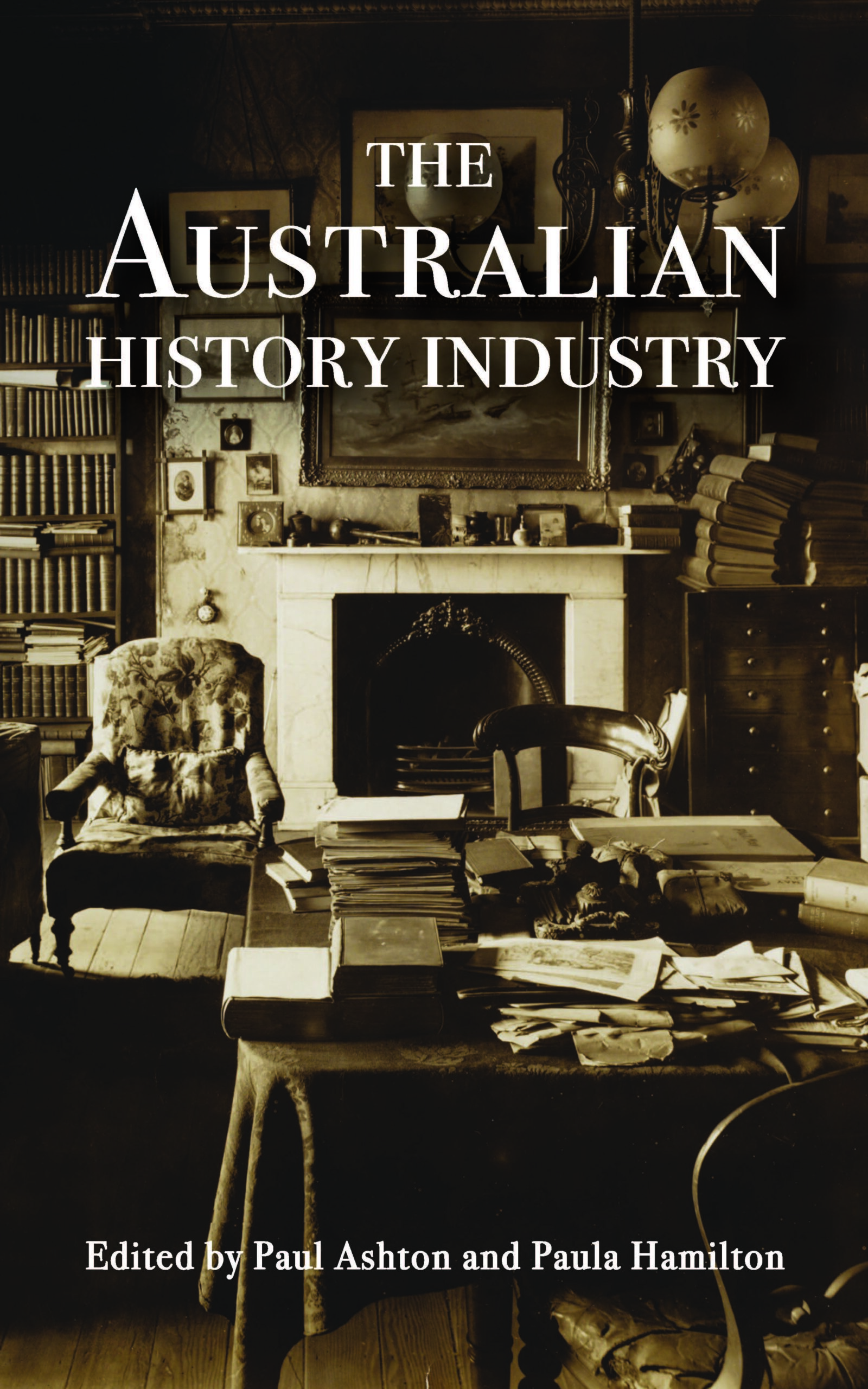
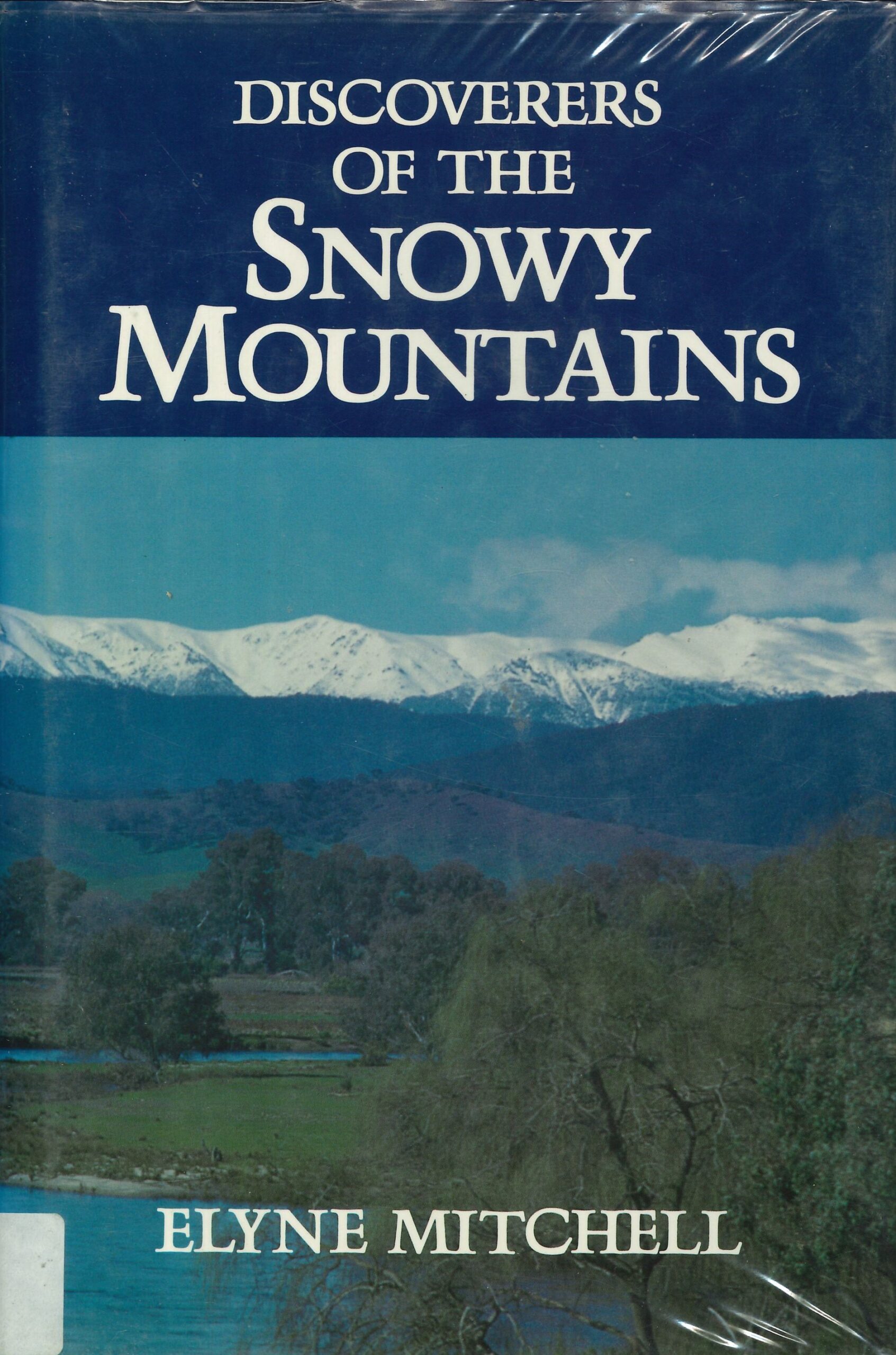
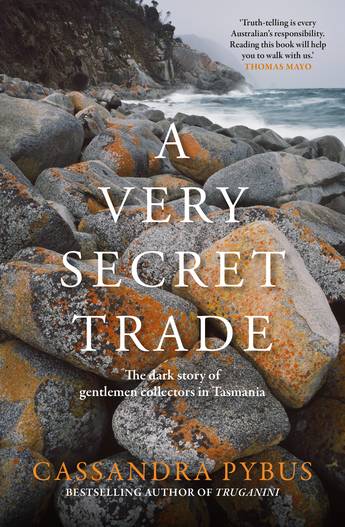
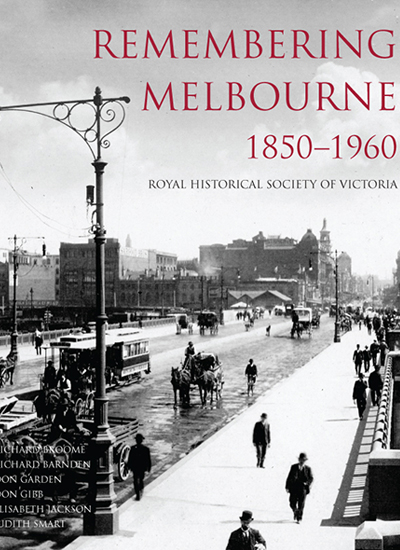
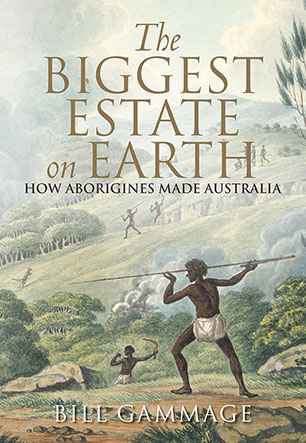
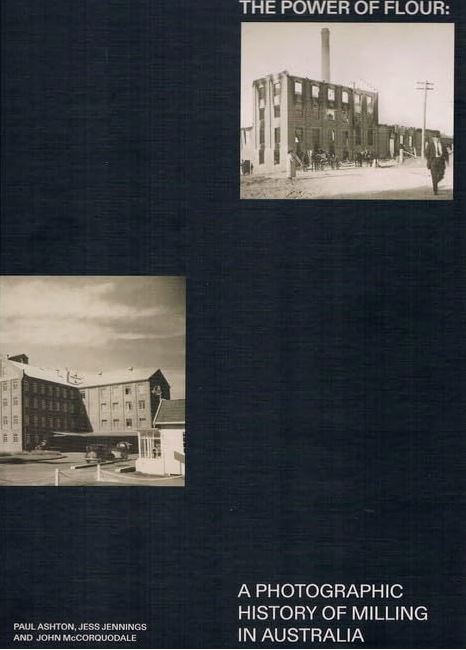
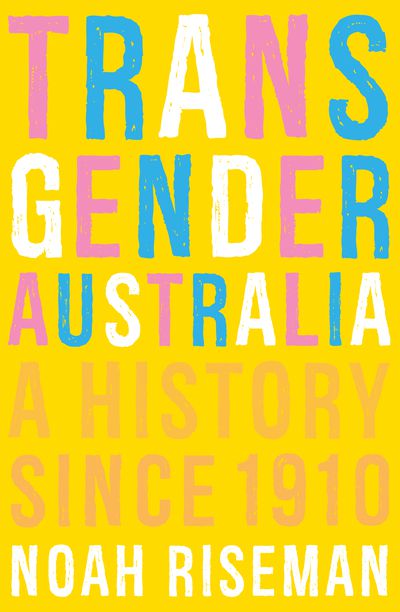







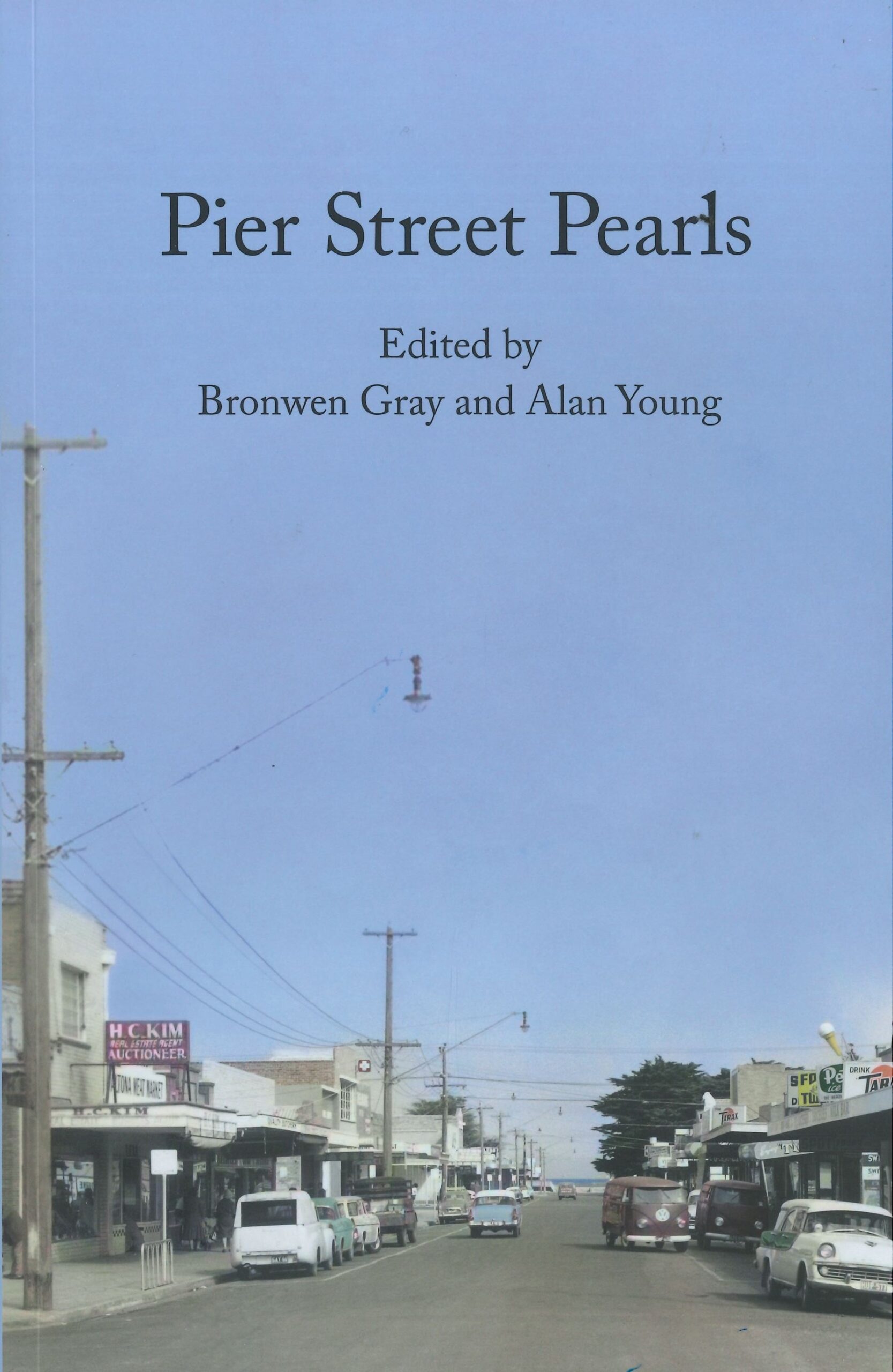
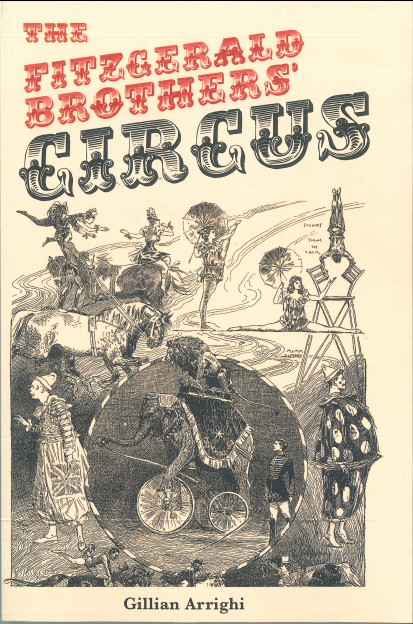


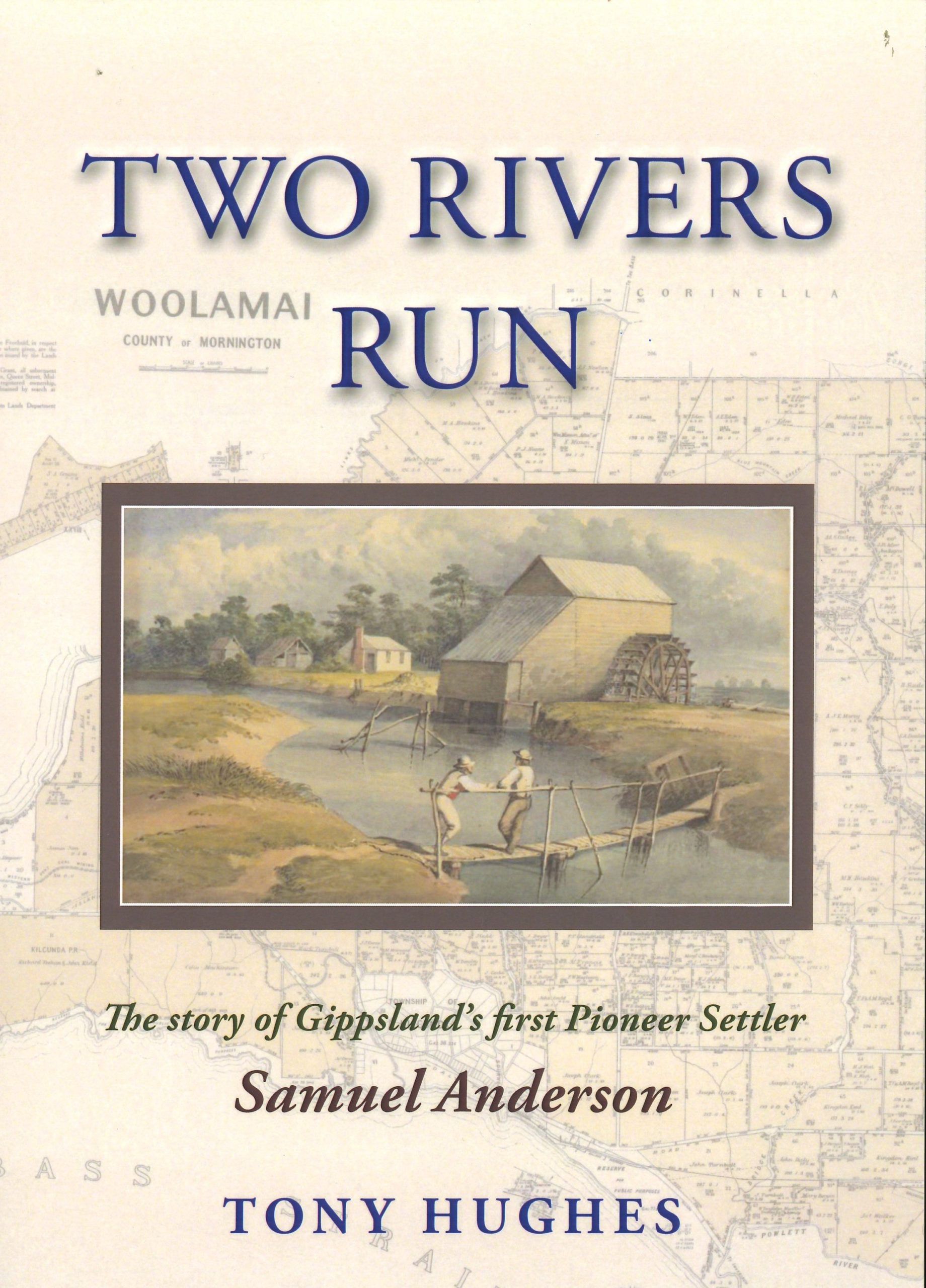
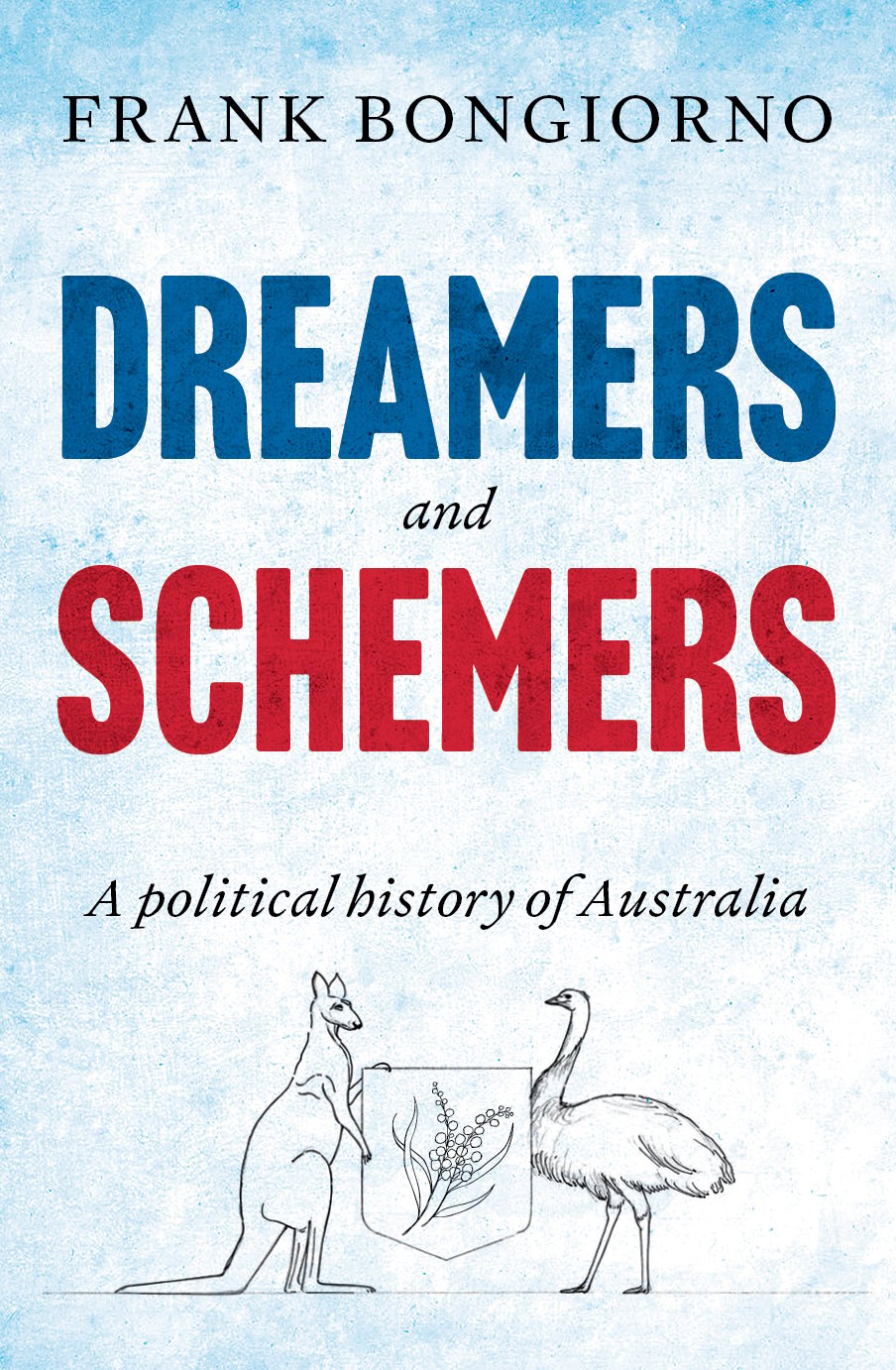

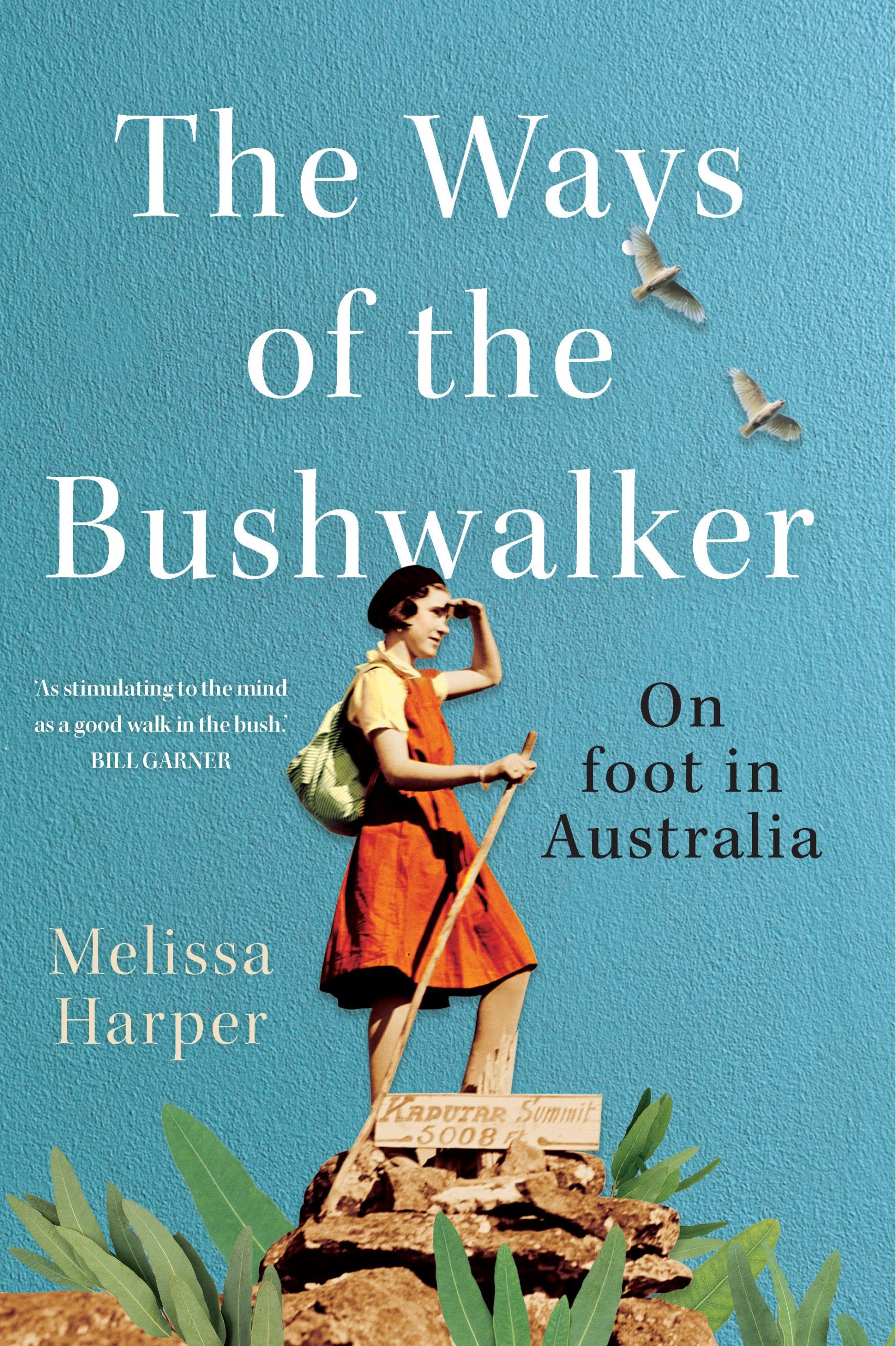
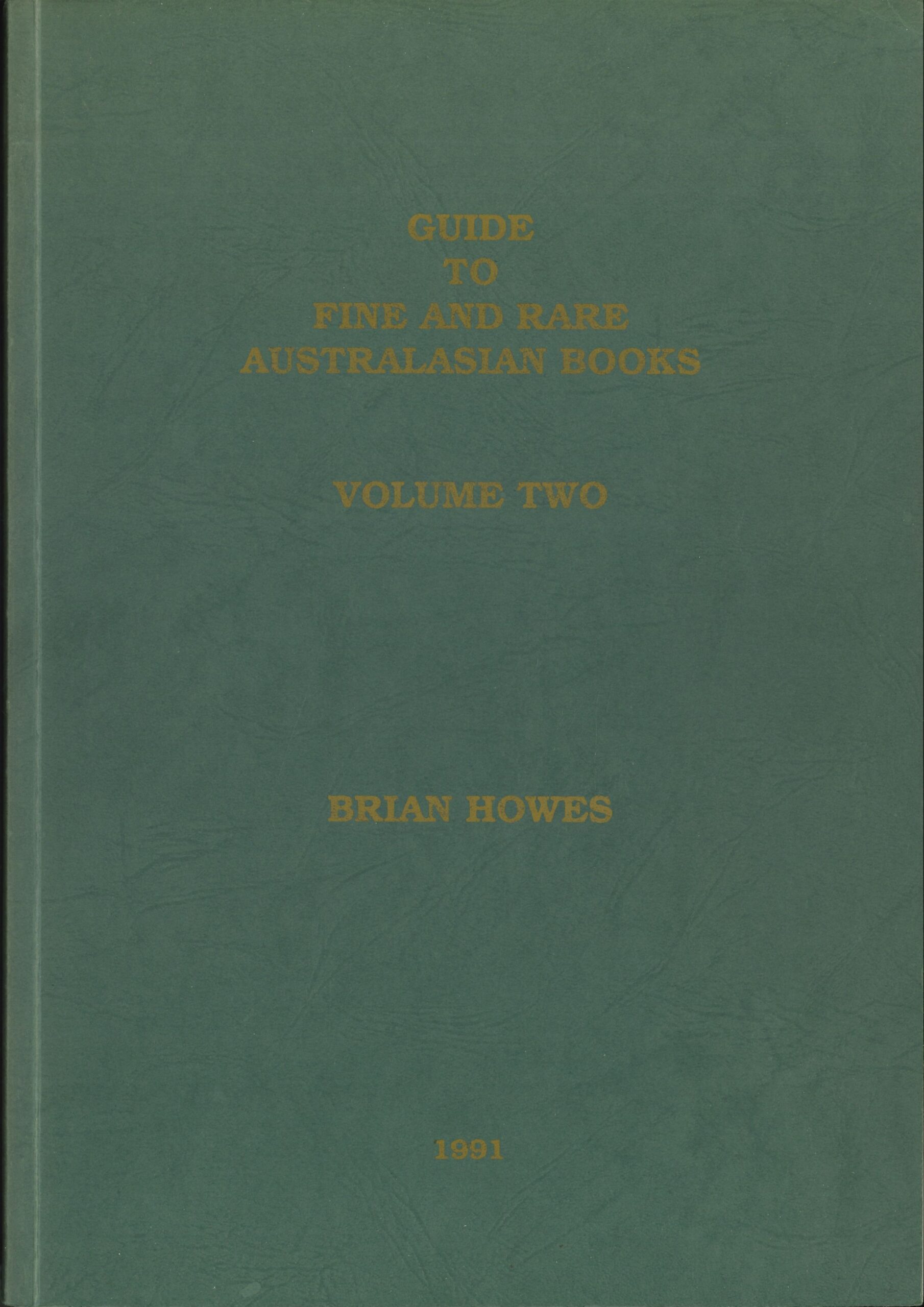
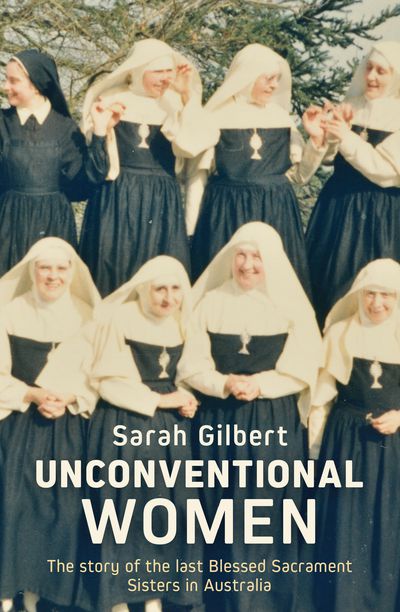
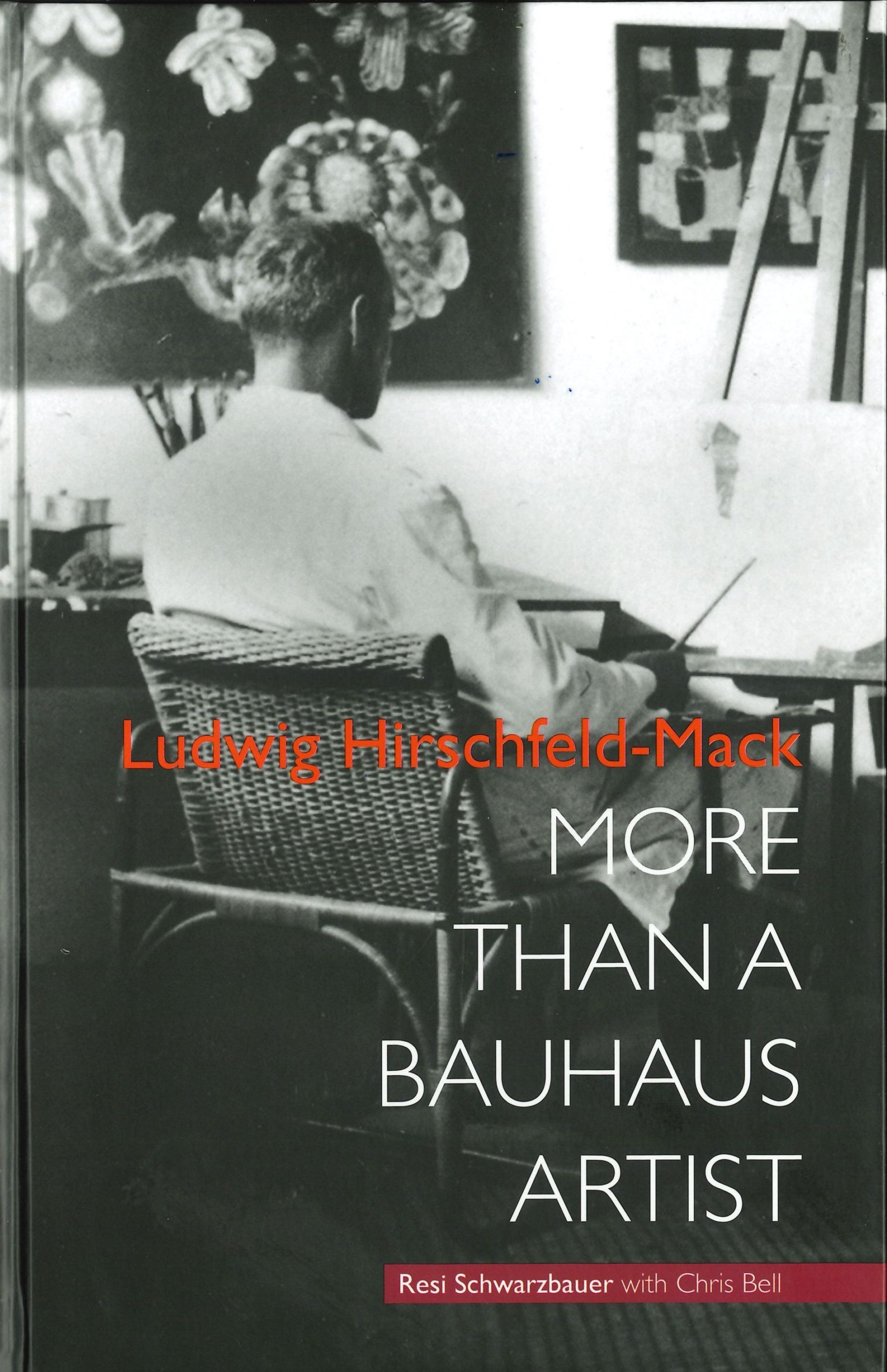
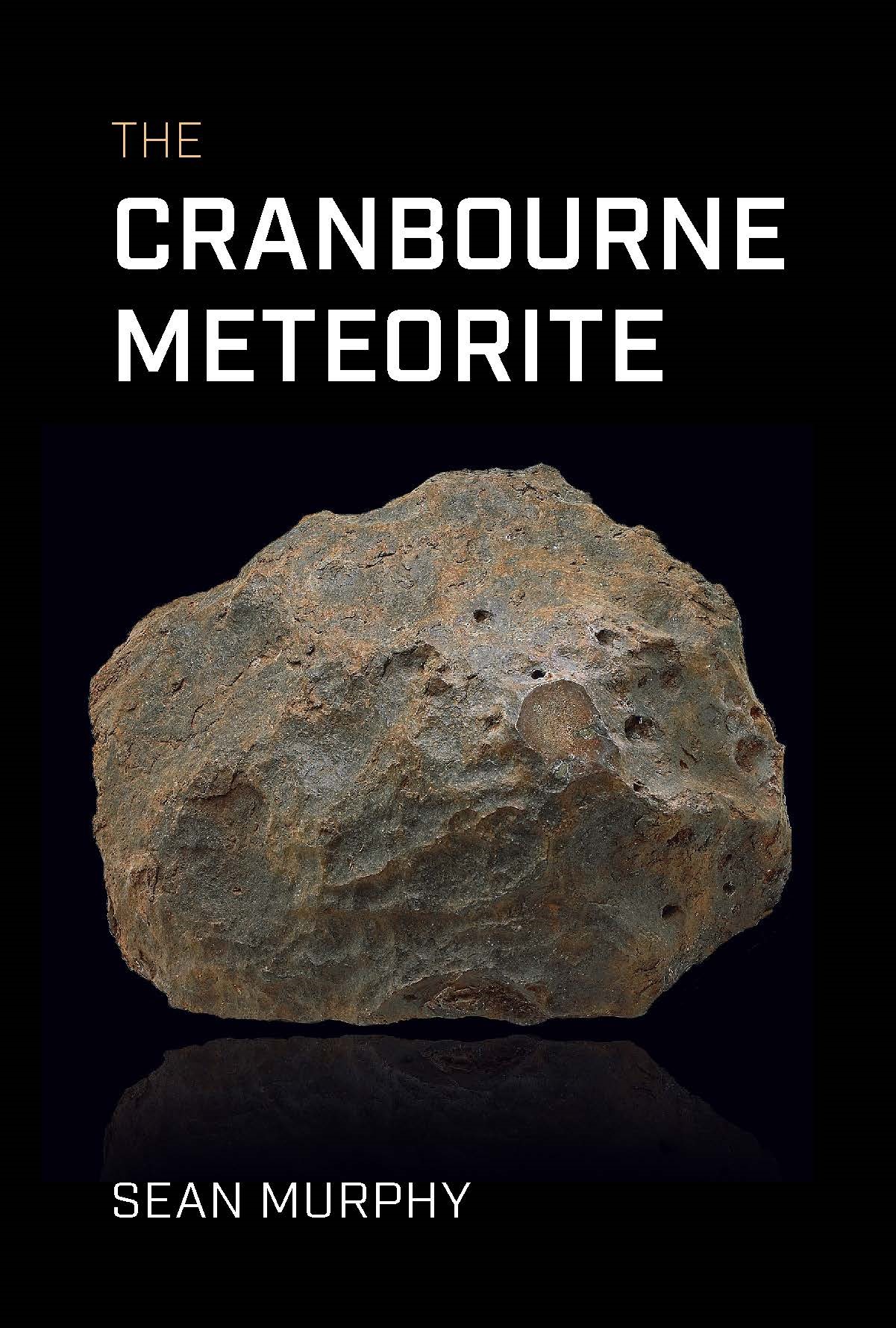




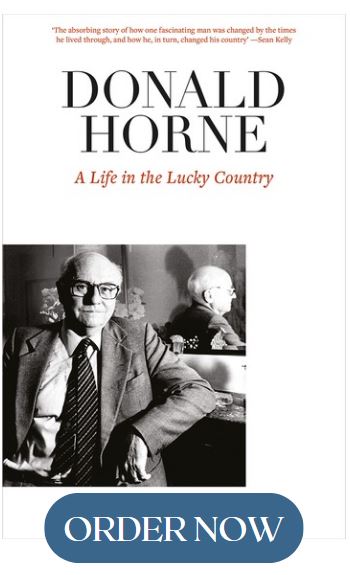



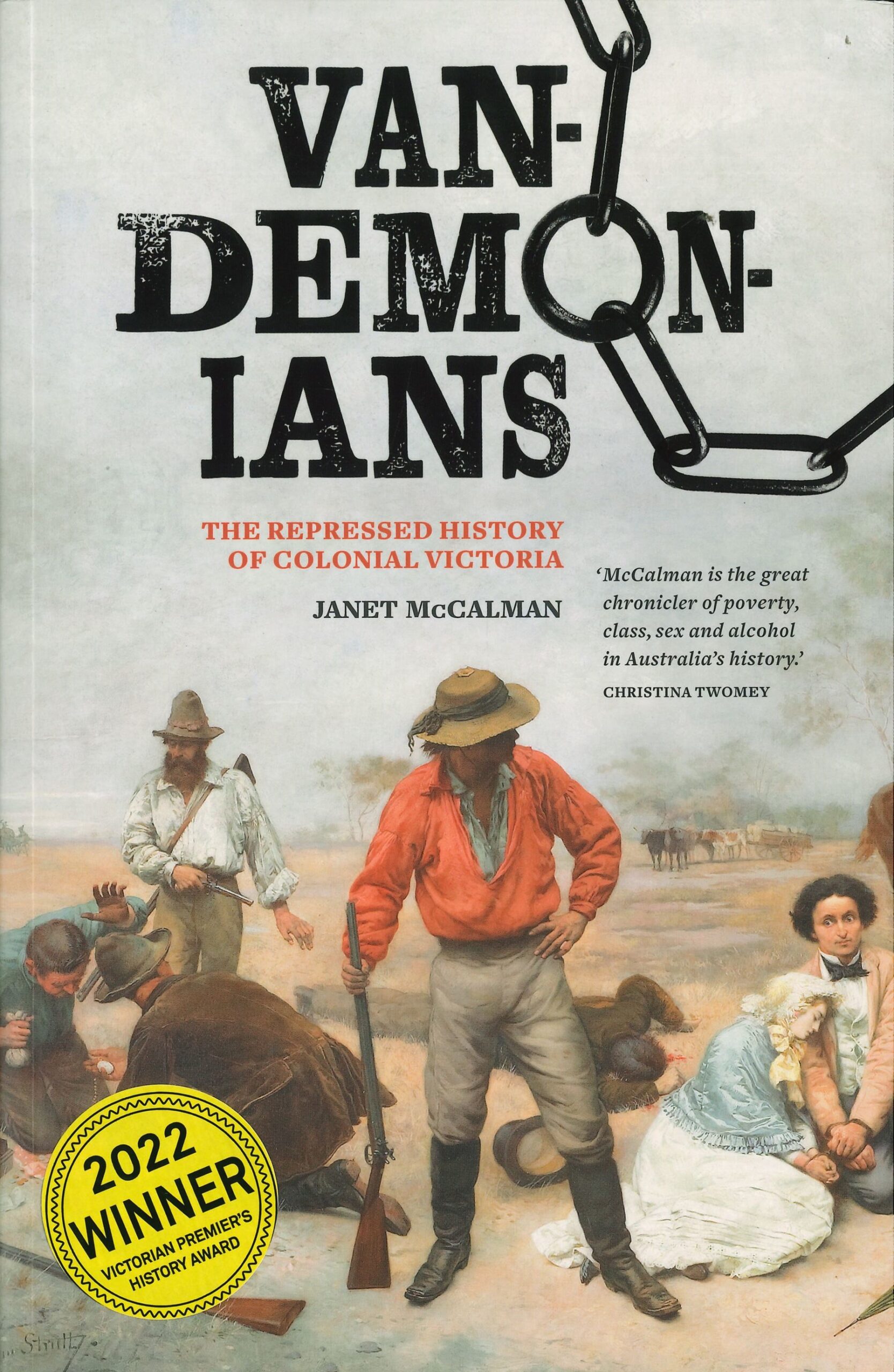
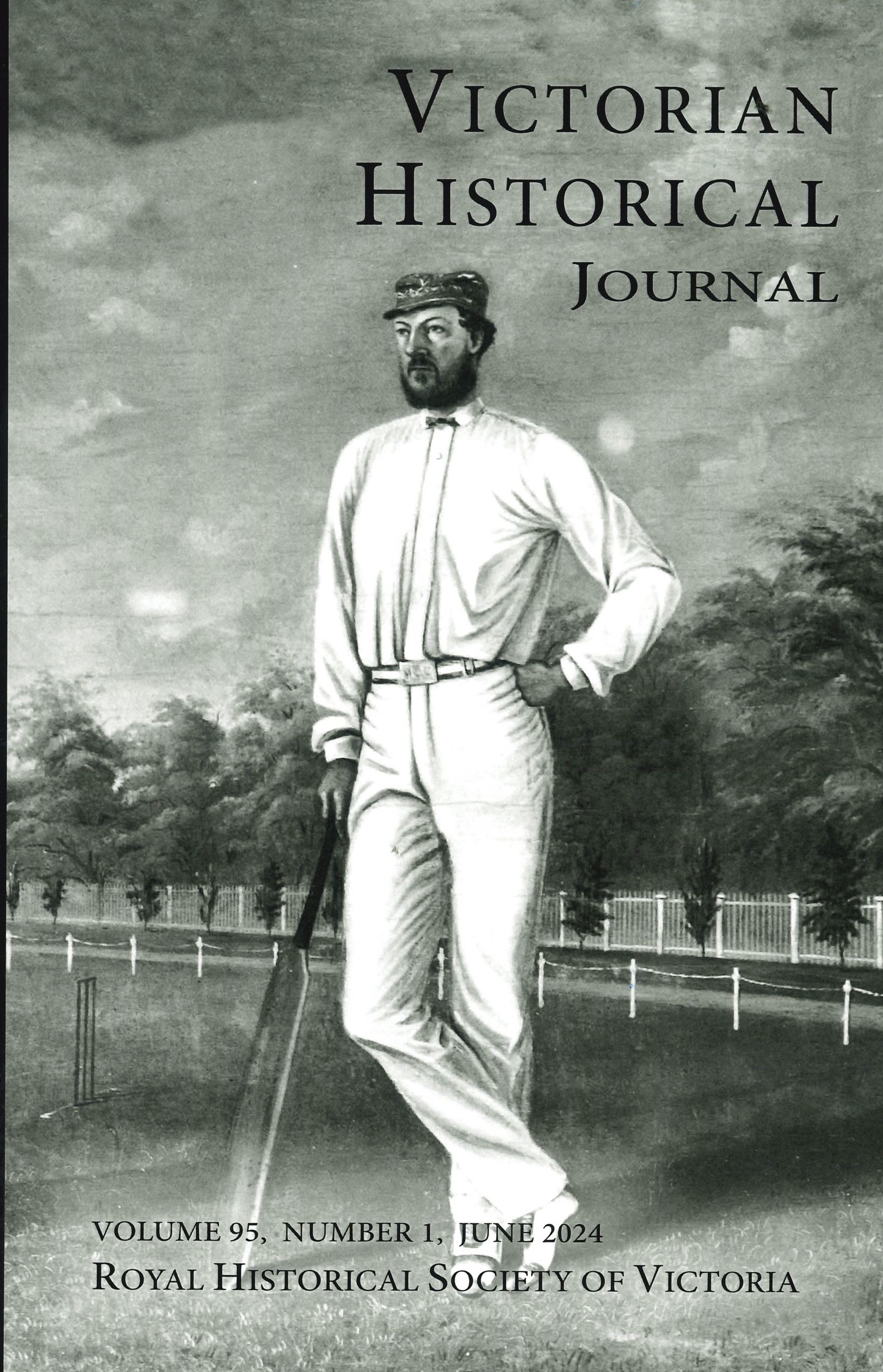


 239 A'Beckett Street Melbourne, Victoria, 3000
239 A'Beckett Street Melbourne, Victoria, 3000  03 9326 9288
03 9326 9288  office@historyvictoria.org.au
office@historyvictoria.org.au  Office & Library: Weekdays 9am-5pm
Office & Library: Weekdays 9am-5pm


Book Reviews Reviews
There are no reviews yet.